You are here
Back to topMacadamia Harvest Starts in Yunnan and Guangxi
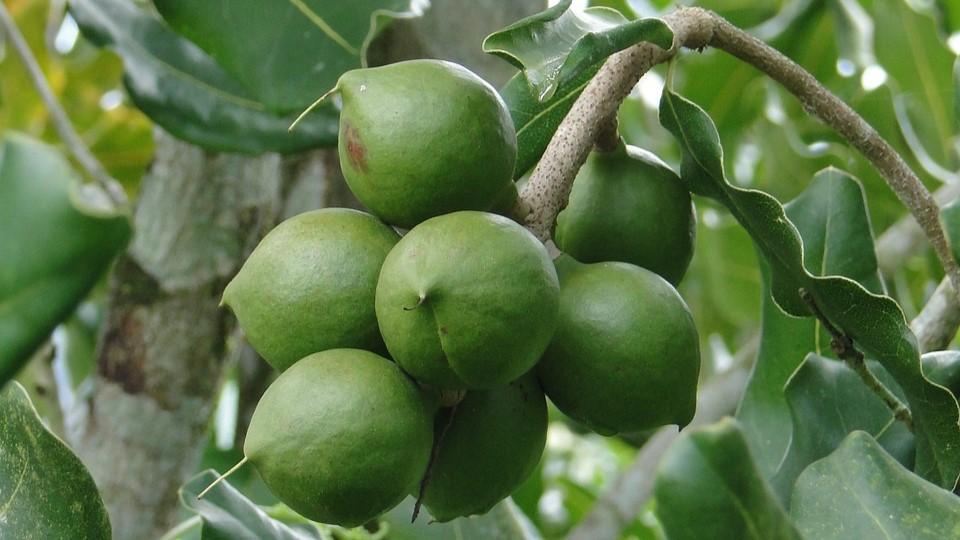
In early September, macadamia harvesting began in Yunnan and Guangxi, two of China’s major producing provinces of the nut. On Sept. 2, Shuangjiang County in Yunnan held a ceremony to mark the start of the harvest for its 10,173 hectares of macadamia orchards. In nearby Yun County, macadamia cultivation spans 19,360 hectares, with about 10,000 hectares already bearing fruit. Meanwhile, Yongde County, Yunnan’s largest macadamia-producing region, has 40,000 hectares under cultivation, including 25,446 hectares of fruit-bearing trees. All three counties are under the administration of the prefecture-level city of Lincang.
Lincang lies along the Lancang River in southwestern Yunnan, with the Tropic of Cancer running through it. The area’s tropical monsoon climate, abundant sunlight, significant temperature variations between day and night, and distinct wet and dry seasons create ideal conditions for macadamia production. At present, Lincang’s macadamia cultivation spans a total of 175,180 hectares, accounting for 40% of the global total, making it the world’s largest macadamia-growing region. Macadamia cultivation extends across 71 towns in eight counties, supported by 22 nut processing enterprises, including nine deep-processing plants. In 2023, Lincang produced 96,500 metric tons of dried in-shell macadamia nuts, with a total value of approximately 5.94 billion yuan ($847 million).
Guangxi ranks second in China for macadamia cultivation. This year, the cultivation area in the city of Chongzuo, a key macadamia-producing region in the province, exceeded 41,900 hectares, with approximately 17,550 hectares bearing fruit and an estimated total output of 77,300 metric tons of fresh nuts. Chongzuo currently has 19 nut processing enterprises, with a processing capacity exceeding 100,000 metric tons, fully meeting the city’s processing needs. According to the Chongzuo Nut Industry Chamber of Commerce (崇左市坚果产业商会), farm gate prices for Guire No. 1 nuts are expected to range between 8.6 yuan ($1.23) and 10 yuan ($1.43) per kilogram, reflecting steady growth compared with last year.
Image: Pixabay
This article was translated from Chinese. Read the original article.



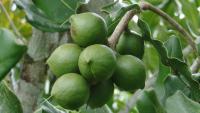
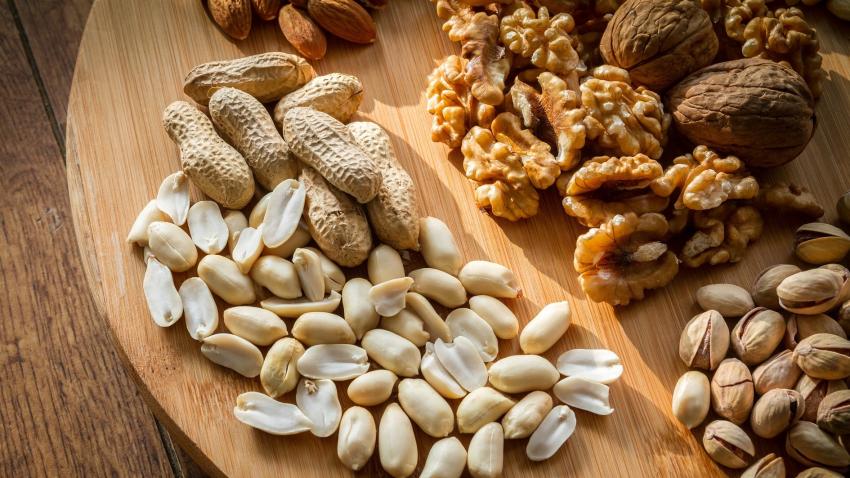
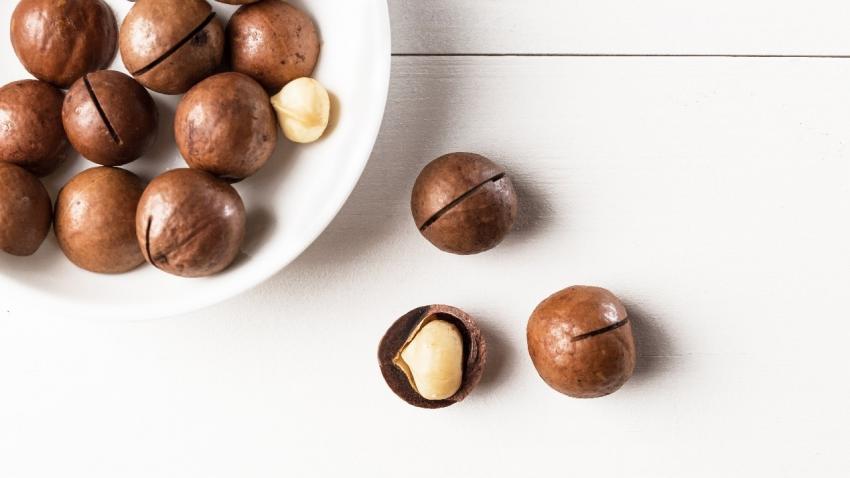
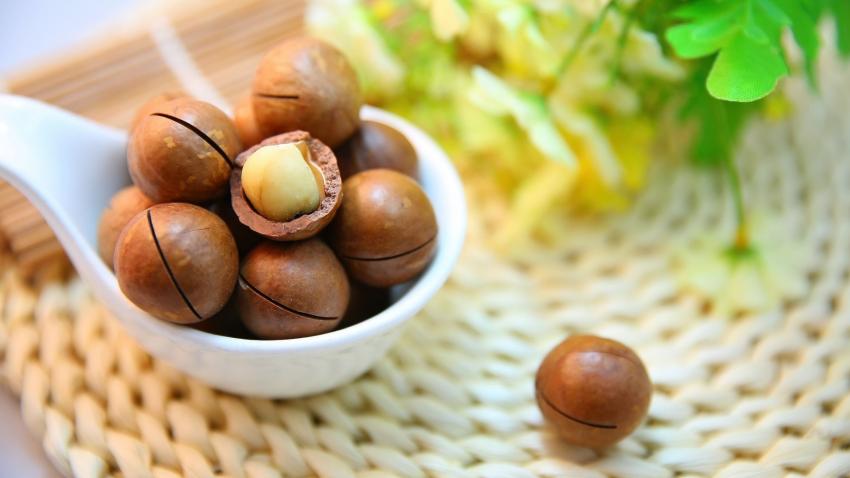
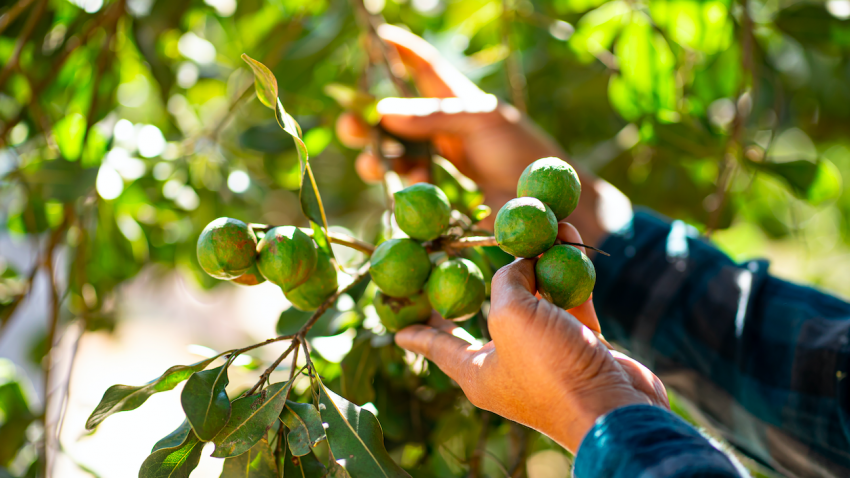







Add new comment